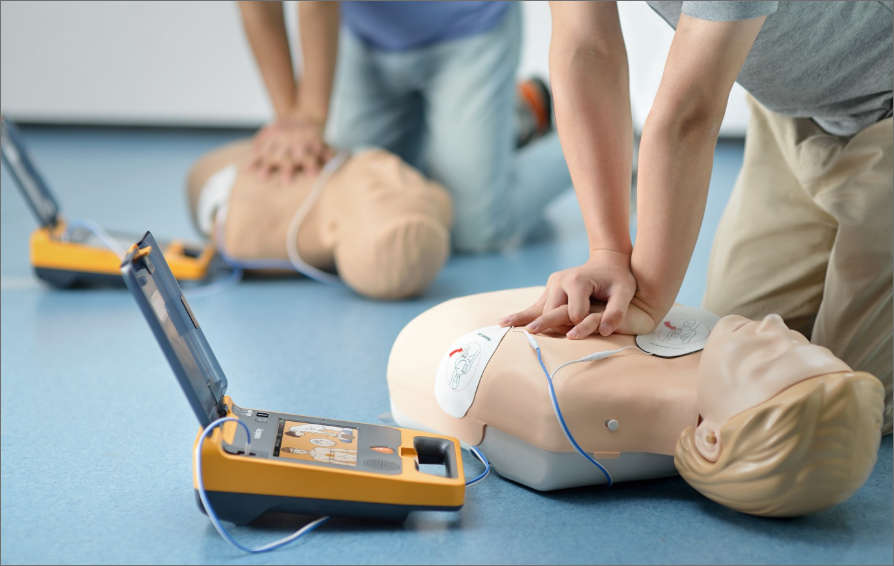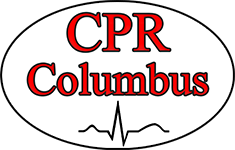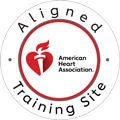When sudden cardiac arrest strikes, every second counts. Proper AED pad placement can mean the difference between life and death. Automated External Defibrillators (AEDs) are designed to guide rescuers—whether trained professionals or bystanders—through the steps of defibrillation. However, even with the device’s built-in prompts, understanding how and where to place AED pads is critical for delivering an effective shock that can restore a normal heart rhythm. In cases of cardiac arrest, rapid response and correct pad placement dramatically increase the chances of survival. Studies show that immediate defibrillation, when combined with high-quality CPR, can more than double survival rates.

Understanding Automated External Defibrillators
An AED, or Automated External Defibrillator, is a portable medical device that automatically analyzes a person’s heart rhythm and determines if a shock is needed. Its purpose is to detect life-threatening arrhythmias such as ventricular fibrillation or pulseless ventricular tachycardia and deliver a controlled electrical shock to reset the heart’s rhythm. When the AED detects an irregular heartbeat, it instructs the rescuer to either deliver a shock or continue CPR. This electrical shock momentarily stops the heart’s chaotic rhythm, allowing it to reset to a normal, organized pattern. AEDs are designed to be intuitive, with visual diagrams and voice prompts that make them usable by nearly anyone, even without prior medical experience.
Why Pad Placement Matters
The placement of AED pads is essential because it determines how the electrical current travels through the heart. For the shock to be effective, the current must pass directly through the cardiac muscle, specifically the ventricles. Incorrect pad placement can reduce the effectiveness of the shock or prevent the AED from analyzing the rhythm correctly. Some people mistakenly believe AED pads can be placed anywhere on the chest or that the device will still work effectively even if placement is off by a few inches. In reality, accuracy matters—a misplaced pad can mean a weaker shock or no shock at all.
Standard AED Pad Placement for Adults
For adults, there are two standard AED pad placements. The most common is the anterolateral position. In this configuration, one pad is placed on the upper right side of the chest, just below the collarbone, while the other is placed on the lower left side of the chest, a few inches below the armpit. This diagonal positioning allows the current to travel efficiently through the heart. The alternative is the anteroposterior position, often used in healthcare settings or when front placement is obstructed. In this setup, one pad is placed on the center of the chest (sternum), and the other is placed on the upper back between the shoulder blades. Both positions are effective when applied correctly, but the anterolateral placement remains the preferred choice for most adult emergencies.
AED Pad Placement for Special Populations
There are also special considerations for different populations. For infants and children under eight years old or weighing less than 55 pounds, pediatric AED pads should be used. These pads are smaller and deliver a lower energy dose appropriate for a child’s smaller body. They should be placed in the front-and-back (anteroposterior) position—one pad in the center of the chest and one in the middle of the back. If pediatric pads are unavailable, adult pads can be used, but they must not touch each other. For pregnant women, AED pad placement remains the same as for other adults; the focus should be on minimizing interruptions to chest compressions and following AED prompts. For patients with implanted devices, such as pacemakers or defibrillators, pads should be placed at least one inch away from the visible bulge of the device to avoid interference with shock delivery.
Step-by-Step AED Application Process
When applying AED pads, it’s important to follow a step-by-step process. First, check the scene for safety and confirm the person is unresponsive and not breathing normally. Once the AED arrives, turn it on immediately and follow the voice instructions. Before applying pads, ensure the chest is bare, clean, and dry. Shave any excessive chest hair only if it prevents pad contact, and wipe away moisture or sweat. Next, peel the pads from their backing and apply them firmly to the chest in the correct positions. Once the pads are in place, ensure no one touches the patient during rhythm analysis or shock delivery. After the shock is administered, resume CPR immediately as instructed by the AED. Continue to follow the device’s prompts until emergency medical services arrive or the person shows signs of life.
Call Us Now
Get the Best CPR Class in Columbus Today!
Common AED Pad Placement Mistakes to Avoid
Common mistakes can compromise the effectiveness of an AED. One frequent error is placing pads too close together or in the wrong position. Others include failing to remove clothing properly, neglecting to dry a wet chest, or delaying pad application while waiting for help. Timing is critical—the sooner the AED is used, the greater the chance of survival. Every minute of delay in defibrillation can decrease survival rates by approximately 10 percent.
AED Pad Placement in Different Environments
AEDs are used in many environments, from airports and gyms to hospitals and office buildings. Public access AEDs are strategically placed in high-traffic areas to ensure quick response in emergencies. In healthcare settings, staff are typically trained and certified to use AEDs efficiently, often as part of BLS or ACLS certification. For workplaces and homes, AEDs provide peace of mind, especially in environments with individuals at higher risk for cardiac events. Regardless of location, knowing where the nearest AED is and how to use it can save lives.
The Importance of Proper AED Training
Proper AED training goes beyond memorizing steps—it builds confidence and ensures that rescuers can act decisively under pressure. Hands-on practice allows participants to experience how AEDs function in real-time scenarios, reinforcing correct pad placement and timing. Certification courses, such as those offered by CPR Columbus, teach CPR, AED use, and emergency response skills in a supportive environment. Continuing education ensures that rescuers stay up to date with the latest American Heart Association (AHA) guidelines and best practices.
Understanding AED pad placement is simple but vital. Correct placement ensures the electrical current flows through the heart effectively, increasing the likelihood of restoring a normal rhythm. AEDs are designed to be user-friendly, guiding rescuers step by step, but training provides the confidence to act quickly and correctly. Every second truly counts during sudden cardiac arrest, and knowing how to use an AED could save a life.
Get certified in CPR and AED use, know the locations of AEDs in your workplace and community, and refresh your skills regularly. Preparation is the best way to ensure that if an emergency occurs, you’ll be ready to respond confidently and effectively.


